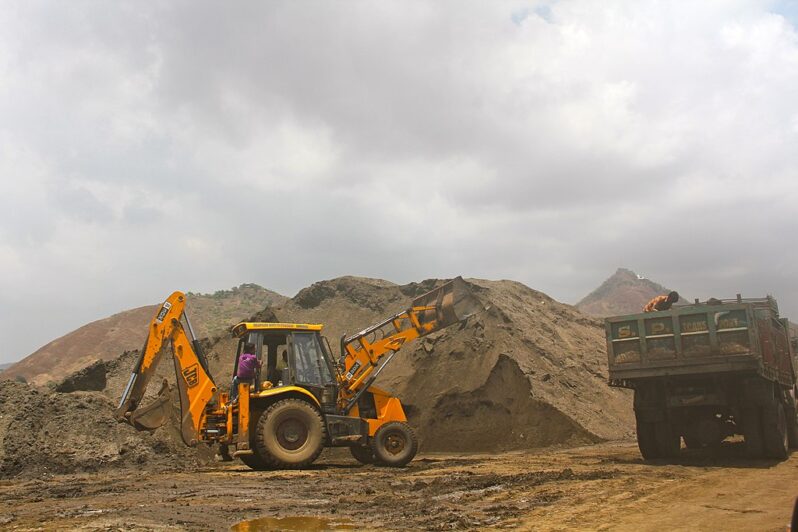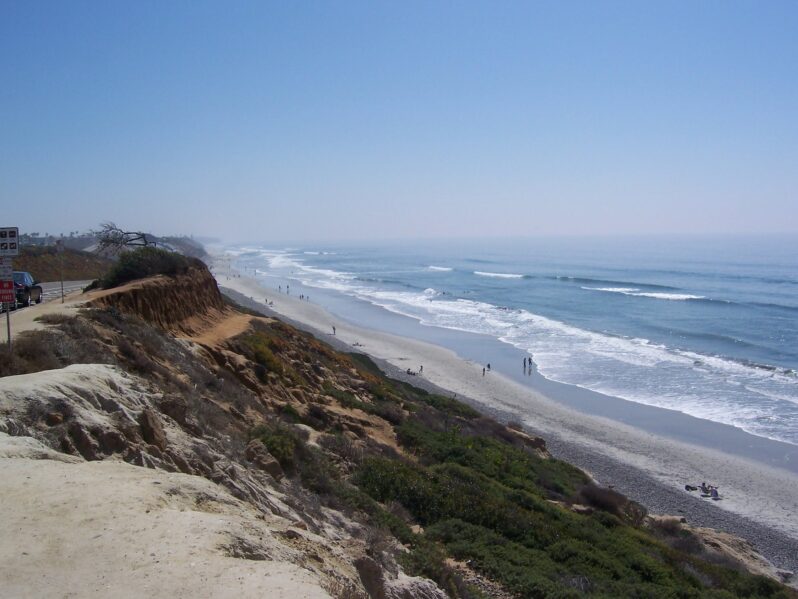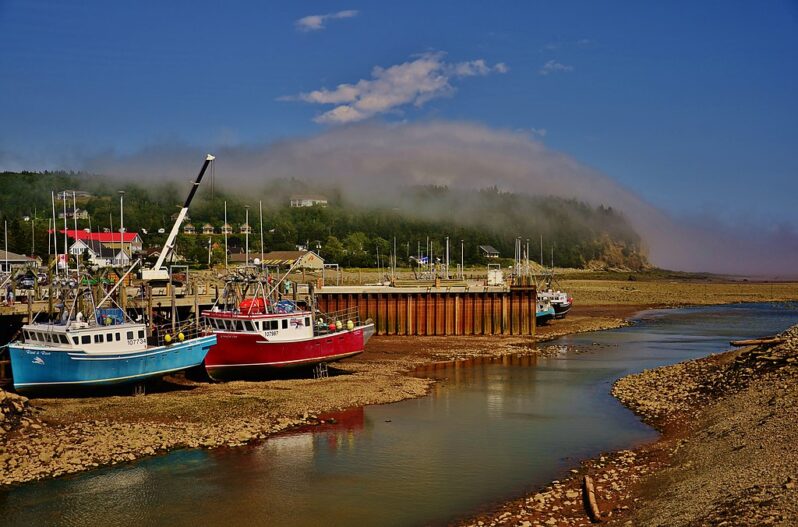As sand miners prosper in Uganda, a vital lake basin suffers – AP News

The excavator grunts in the heart of the wetland, baring its teeth. There are trucks waiting to be loaded with sand, and more almost certainly on the way.
This is how it is here daily in Lwera — a central Ugandan region on the fringes of Lake Victoria: a near-constant demand for sand that’s exerting pressure on a wetland that’s home to locals and animals and feeds into Africa’s largest freshwater lake…
A lifetime of research links Gulf of Mexico ‘dead zone’ to Midwest fertilizer runoff – Columbia Missourian

In the summer of 1985, Nancy Rabalais set sail on a research vessel into the Gulf of Mexico — and into the scientific unknown.Back then, scientists knew little about wide expanses of low-oxygen water, called hypoxia…That summer, Rabalais’ team was set on discovering how these areas connected to creatures that dwell on the bottom of the Gulf. While analyzing water and sediment samples miles off the coast, the team from the Louisiana Universities Marine Consortium and Louisiana State University quickly discovered that hypoxia stretched from the Mississippi River to Texas — and that it lasted for most of the summer…
Carlsbad considers joining other coastal cities in yet another sand replenishment project – the San Diego Union-Tribune

SANDAG asked Carlsbad to shoulder a proportional share of the $200,000 cost for a planning, feasibility and economic analysis needed to start the project, which would pull sand from the ocean and spread it on beaches from Oceanside to Imperial Beach….
UPDATE: The City Council unanimously opposed actively participating in the City of Oceanside’s sand nourishment pilot project during its April 11 meeting, remaining opposed to any plans that may obstruct the natural flow of sand down the San Diego County coastline.
However, the Carlsbad City Council agreed to request a city staffer be present during the neighboring city’s proposed pilot project meetings and design competitions…
Up to 70% of California beaches could disappear by end of the century – the Guardian

A new study uses satellites to predict what California’s famous coastline could look like by 2100.
California is known for golden sands and endless waves, but much of the state’s famous shoreline could vanish in the future. That’s according to a new study, which found that between 25% and 70% of California beaches might be washed away by the end of the century, leaving only cliffs or coastal infrastructure in their wake…
Listen: Climate fiction to imagine a better world – the Grist

Imagine 2200, Grist’s climate fiction initiative, invites readers and writers to envision equitable climate progress in futures near and far.
In this audiobook collection, immerse yourself in readings of some of our favorite tales we’ve published so far. They tell of finding climate solutions in one’s heritage, the connections between species facing extinction, and finding ways to survive through the power of community.
How Can Nature Protect People Against Sea-Level Rise? – Frontiers for Young Minds

Now that Earth’s climate is changing, sea-level rise and storms are becoming more intense and frequent, which increases the risk of flooding. Therefore, we need to develop bigger flood-defense structures to stay safe from flooding. However, this is very expensive. Is there an alternative? It may sound surprising, but nature can help us out…
Rising Sea Levels Will Isolate People Long Before They’re Underwater – Hakai Magazine

Time and tide wait for no man. Neither does sea level rise. The Chignecto Isthmus—the low marshy strip connecting New Brunswick and Nova Scotia—may be one of the most vulnerable places in Canada to sea level rise. At just 21 kilometers wide, the interprovincial land bridge is battered on its southwestern flank by the famously extreme tides in the Bay of Fundy. Protected by a network of earthen dikes first constructed in the 1600s, “the tops of the dikes are only a little higher than the spring high tides,” says Jeff Ollerhead, a coastal geomorphologist…“If we have a big storm,” he says, “water will go over the dikes.”
Recycled plastic can be more toxic and is no fix for pollution, Greenpeace warns – the Guardian

“Plastics are inherently incompatible with a circular economy,” the global environmental network said in a report that brings together research showing recycled plastics are more toxic than their virgin constituents.
The report, timed to coincide with the beginning of fresh talks for a potential global plastics treaty, comes as separate research has found breaking down plastics for recycling scatters microplastic pollution into the environment…
‘It’s like a death pit’: how Ghana became fast fashion’s dumping ground – the Guardian

It’s mid-morning on a sunny day and Yvette Yaa Konadu Tetteh’s arms and legs barely make a splash as she powers along the blue-green waters of the River Volta in Ghana. This is the last leg of a journey that has seen Tetteh cover 450km (280 miles) in 40 days to become the first person known to swim the length of the waterway.
It’s an epic mission but with a purpose: to find out whatis in the water and raise awareness of pollution in Ghana…
